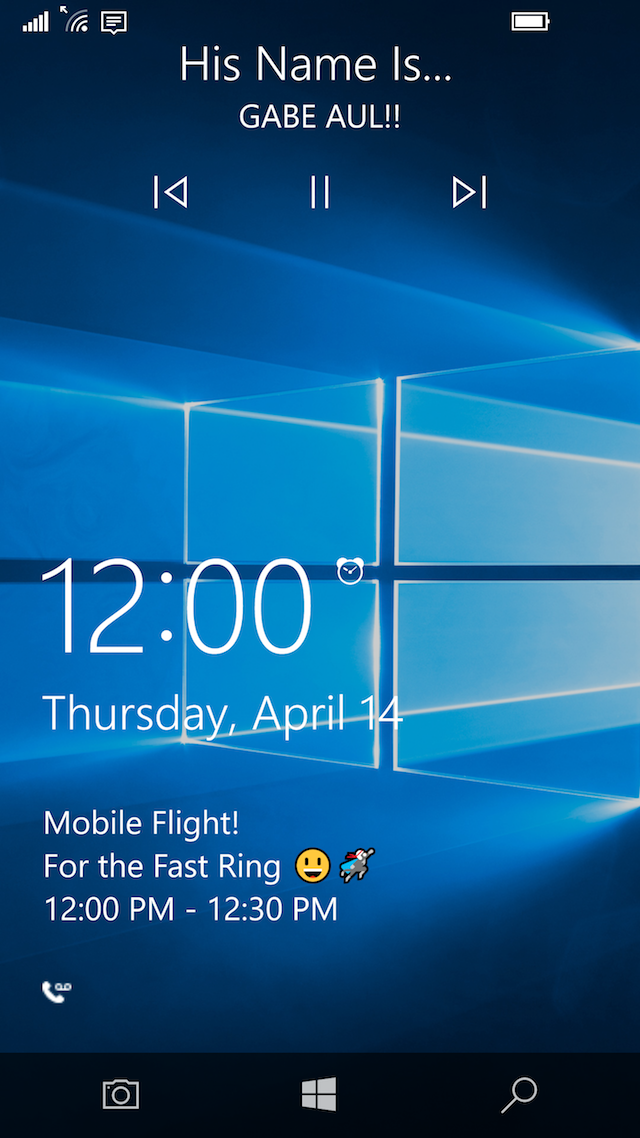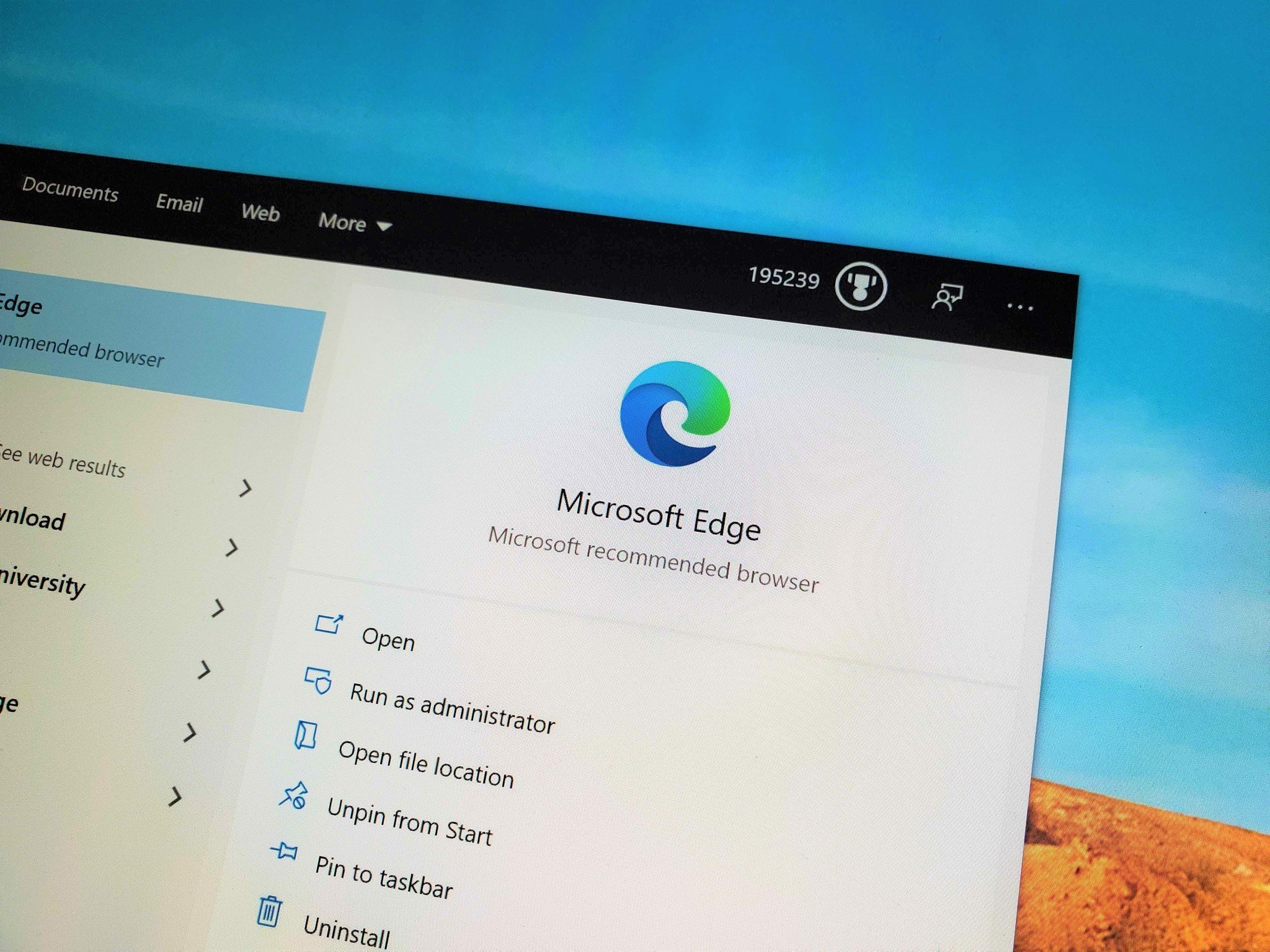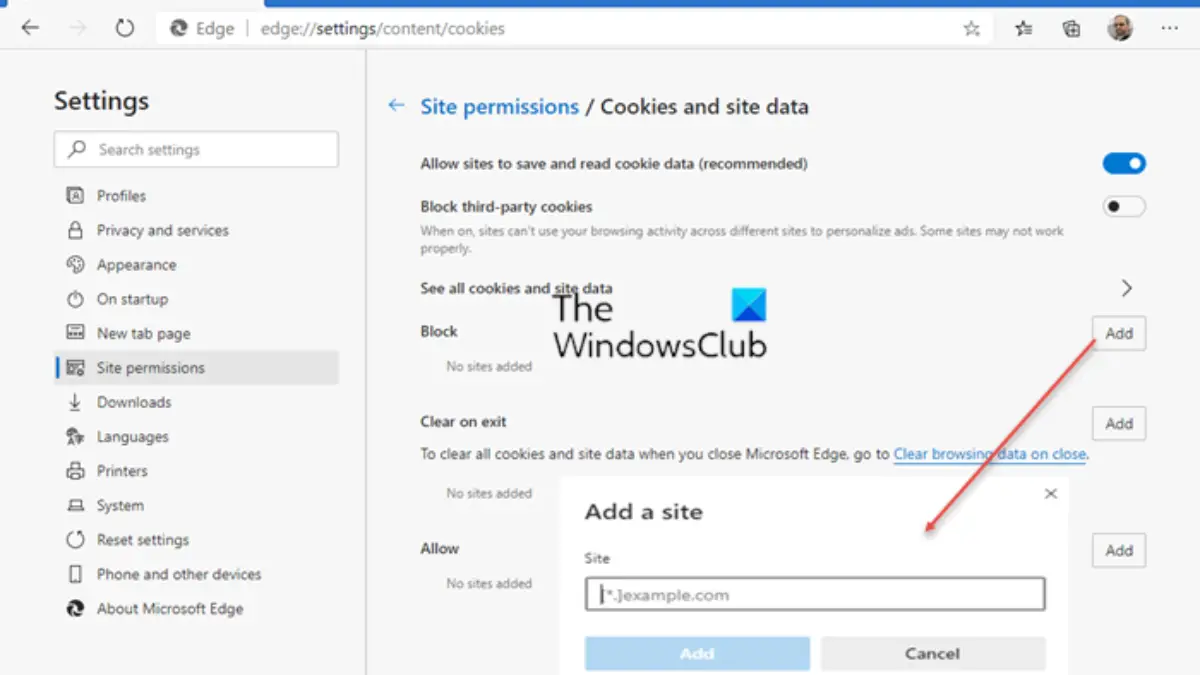Microsoft Edge
- Microsoft Edge Browser
- Microsoft Edge To Version 80
- Microsoft Edge Linux
- Microsoft Edge For Windows 7
- Microsoft Edge Review
2 days ago Microsoft Edge Dev and Canary have several inking improvements following a recent update. The improvements result in a smoother inking experience on PDF documents and an option to turn off inking. Can’t access your account? Terms of use Privacy & cookies. Privacy & cookies.
An extension is a small program that you (the developer) may use to add new features to Microsoft Edge (Chromium) or modify the existing functionality. An extension is intended to improve a user's day-to-day browsing experience by providing niche functionality that is important to targeted audiences.
You may create extensions if your idea or product depends on the availability of a specific web browser or augments the browsing experience where the functionality that you want to provide extends existing websites. Examples of companion experiences include adblockers and password managers.
/Chrome-vs-Edge-85d127b1b91045df9dafb1e9b8d0c9f0.jpg)
An extension is structured similar to a regular web app. At a minimum, it includes an app manifest JSON file that contains basic platform information, a JavaScript file to define functionality, and a HTML and CSS file to determine the look of the user interface (as required). To work directly with part of the browser, such as a window or tab, you must send API requests and often reference the browser by name.

Basic guidance
Some of the most popular browsers to build for include Safari, Firefox, Chrome, Opera, Brave, and Microsoft Edge. Great places to begin your extension development tutorials and documentation research are sites hosted by the browser organizations. The following table is not definitive, please use it as a helpful starting point.
| Web browser | Chromium-based? | Extension development homepage |
|---|---|---|
| Safari | No | developer.apple.com/documentation/safariservices/safari_app_extensions |
| Firefox | No | developer.mozilla.org/docs/Mozilla/Add-ons/WebExtensions |
| Chrome | Yes | developer.chrome.com/extensions |
| Opera | Yes | dev.opera.com/extensions |
| Brave | Yes | Uses Chrome Web Store |
| new Microsoft Edge | Yes | developer.microsoft.com/microsoft-edge/extensions |
Important
Many of the tutorials of the sites use browser-specific APIs that may not match the browser for which you are developing. In most cases, a Chromium extension works as-is in different Chromium browsers and the APIs work as expected. Only some less common APIs may be strictly browser-specific. For links to the tutorials, see See also.
Why Chromium?
If your goal is to publish your extension to as many browser extensions stores as possible, it must be modified for multiple versions in order to target and run in each distinct browser environment. Safari extensions, unlike other extension types, may leverage both web and native code to communicate with counterpart native applications. Firefox extensions share more in common with the other extension types but there are also some differences to consider. However, there is some good news; the last four browsers in the chart above are able to leverage the same code package and minimize the requirement to alter and maintain parallel versions. That is because the browsers are based on the Chromium open-source project.
Creating a Chromium extension enables you to write the least amount of code to maximize both the number of extension stores you are targeting and ultimately the number of users that are able to find and acquire your extension.
The following content focuses mostly on Chromium extensions.
Microsoft Edge Browser

Browser compatibility and extension testing
Occasionally, API parity does not exist between Chromium browsers. For example, there are differences in the identity and payment APIs. To ensure your extension meets customer expectations, review API statuses through official browser documentation such as Chrome APIs, Extension APIs Supported in Opera, and Port Chrome Extension To Microsoft (Chromium) Edge.
Depending on the APIs that you require, these differences may mean that you must create slightly different code packages with small differences in the code for each store.
When developing your extension, you may sideload it in your browser to test it in different environments before submitting your extension to browser stores.
Publish your extension to browser stores
Microsoft Edge To Version 80

You may submit and seek browser extensions in the following browser stores.
Some stores allow you to download listed extensions from other browsers. Downloading from from another browser may save you (the developer) effort upfront and remove the requirement to submit to additional stores if users are able to navigate to the existing store listings across different browsers. However, cross-browser access is not guaranteed by browser stores. To ensure your users are able to find your extension in different browsers, you should maintain a listing on each browser extension store.
An extension may have overlapping audiences that often use multiple browsers, or you may discover that it should be targeting an audience that it has not before. To make this happen, existing Chromium extensions may be migrated from one browser to another.
Migrate an existing extension to Microsoft Edge
If you already developed an extension for another Chromium browser and want to offer it and ensure it works through Microsoft Edge, you do not have to rewrite your extension. Migrating existing Chromium extensions to other Chromium browsers is straightforward as long as the APIs you use are available on different browsers or there are other APIs that provide the required functionality.
For more information on porting your Chrome extension, see Port Chrome extensions to Microsoft (Chromium) Edge. Once you have ported your extension to the target browser, the next step is to publish it.
Publishing to the Microsoft Edge add-ons website

To get started publishing your extension to Microsoft Edge, you must register for a developer account with a MSA email account (@outlook.com, @live.com, and so on) to submit your extension listing in the store. When choosing an email address to register, consider if you must transfer or share ownership of the extension with others in your organization. After registration is complete, you may create a new extension submission to the store.
To submit your extension to the store, you must meet the following requirements.
- An archive (.zip) file that contains your code files.
- All required visual assets, which includes a logo and small promotional tile.
- Optional promotional media, such as screenshots, larger promotional tiles, a URL, or any combination to videos of your extension.
- Information that describes your extension such as the name, short description, long description, and a link to your privacy policy.
Note
Microsoft Edge Linux
Different stores may have different submission requirements. The above list summarizes the requirements for publishing an extension to Microsoft Edge.
Microsoft Edge For Windows 7
After you complete the submission process, your extension is reviewed and either passes or fails the certification process. Owners are notified of the outcome and given next steps as required. If you submit an updated extension to the store, including updates to the extension listing details, a new review process is started.